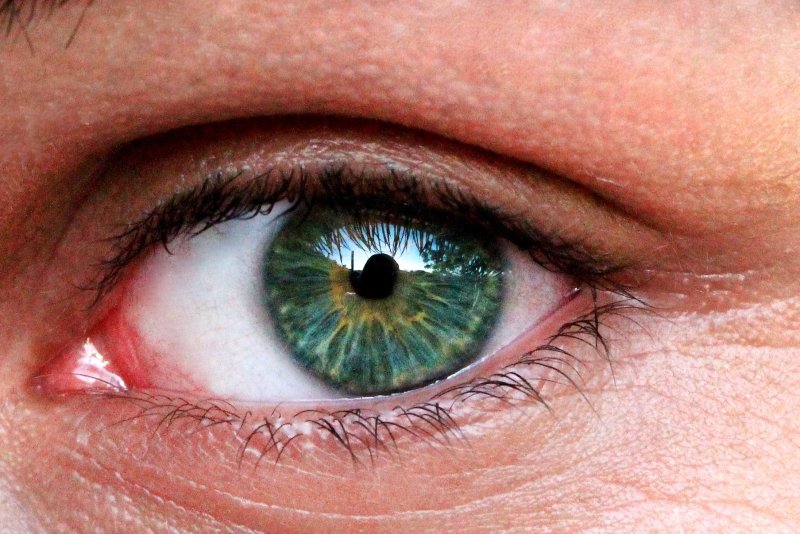Genetic risk factors for smoking and alcohol use could increase a person's likelihood for developing age-related macular degeneration, according to a new study. Photo by
Requieri Tozzi/
Pixabay
Nov. 4 (UPI) -- People genetically predisposed to developing a smoking habit who then become regular tobacco users increase their risk for age-related macular degeneration, a study published Thursday by JAMA Ophthalmology found.
Those with genetic variations found among many lifetime smokers have about a 30% higher risk for the eye disease known as AMD, the data showed.
People with inherited genetic traits linked with alcohol use -- and higher alcohol intake -- are nearly three times more likely to develop a rarer late-stage form of the disease called geographic atrophy.
Both forms of the disease are diagnosed primarily in older adults and can lead to blindness.
"Public health bodies should certainly be raising awareness that in addition to smoking leading to cancers and cardiovascular disease, and increased alcohol intake leading to liver damage, both these activities can also lead to blindness," study co-author Dr. Valerie Kuan Po Ai told UPI in an email.
"For some people, this might be a stronger deterrent," said Kuan Po Ali, a clinical training fellow in cardiovascular science at University College London.
Previous studies have linked smoking and alcohol use with development of AMD, which is a leading cause of blindness globally and responsible for nearly one in 10 cases globally, according to the World Health Organization.
About 2 million people age 65 and older in the United States have AMD, the National Eye Institute estimates.
The disease causes blurred vision in the center of the eye due to damage to the macula, the part of the retina of the eye that controls straight-ahead vision, as opposed to peripheral vision.
Roughly one in five people with AMD will develop advanced disease, or geographic atrophy, in which cells in parts of the retina waste away and die, causing a "blind spot" in the visual field, according to the Bright Focus Foundation, which advocates for research into age-related diseases.
For this study, Kuan Po Ali and her colleagues analyzed genetic data for more than 16,000 people with AMD, including about 3,300 with geographic atrophy, and nearly 18,000 without the disease.
They used an approach called Mendelian randomization, or the idea that if a genetic variant causes a change in smoking, for example, and if this exposure causes a disease, then the genetic variant should also be associated with a person's risk for the disease.
The researchers obtained genetic information for the participants from the UK Biobank, a biomedical database containing in-depth genetic and health information from 500,000 people in that is designed for use in research into the role of genetics and environmental exposure in disease development.
With this genetic data, they identified participants -- those with and without AMD -- who were genetically predisposed to smoking, alcohol use, Type 2 diabetes, high cholesterol and high blood pressure, among other traits.
Participants with genetic variants associated with smoking and alcohol consumption were at higher risk for AMD, the data showed.
Those with genetic variants linked with Type 2 diabetes, high cholesterol and high blood pressure, however, did not have an increased risk for the disease.
"The message here is prevention, not cure," Kuan Po Ali said.
"So it would be preferable to abstain from smoking, or to stop smoking if you've started, and drink less alcohol if you want to lower your risk of developing AMD," she said.















